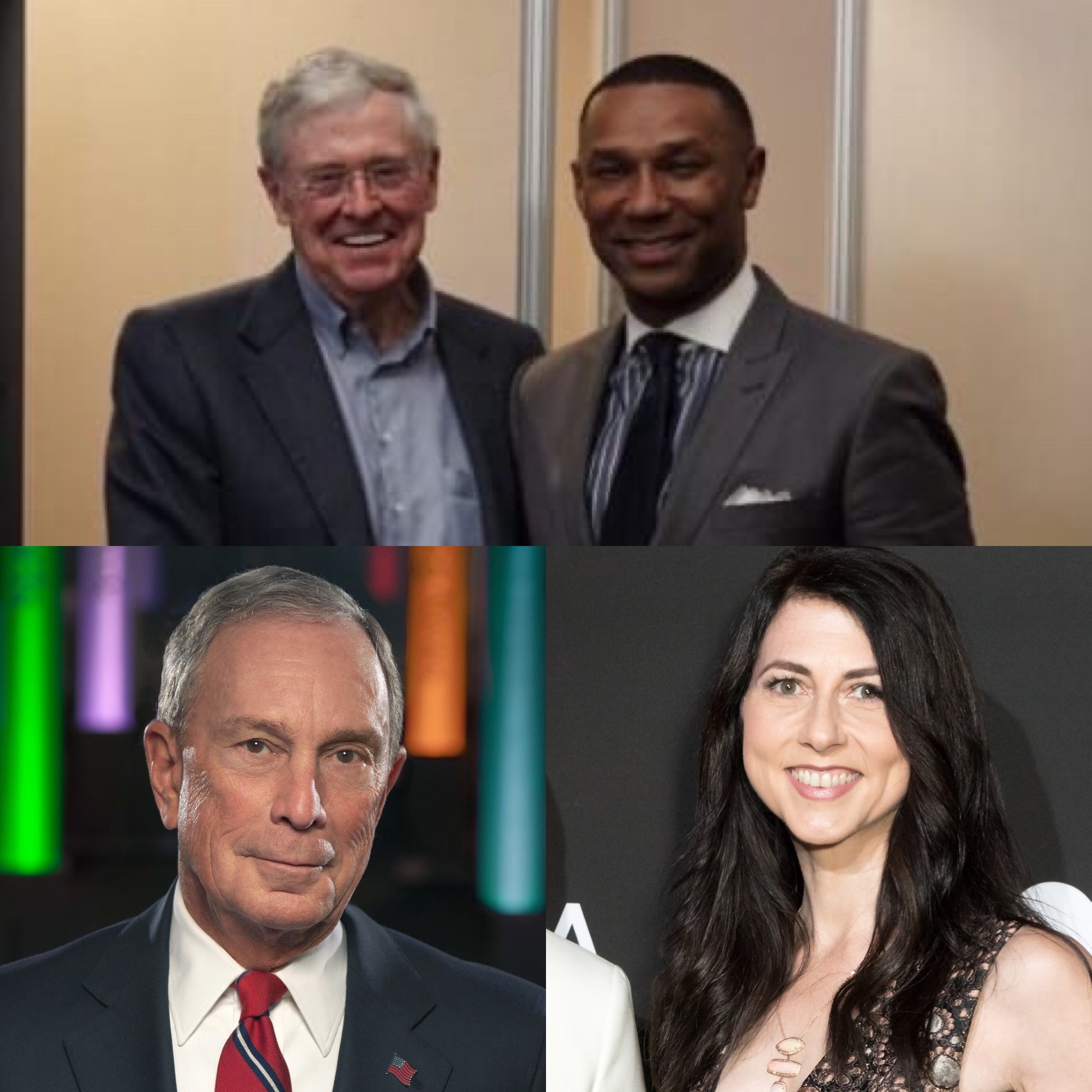
What was the inspiration behind writing this book? I’m a financial book worm and I was trying to find a good introduction book on finances for my daughter and all the books that I came across were either to basic or flat out incorrect. So, I felt the need to address the problem.
Your book is definitely targeted at the youth, which we know is a great time to teach about finances. Why did you decide to tackle this age group? This age group is essential to really move the needle for the next leaders of the world to be totally financially independent. Let’s be honest most kids will receive little to no financial education while in school and at home. Most kids will have to play catch up the rest of their lives. Repeating the same statements or questions: “If only I would have known this” or “why didn’t someone tell me about that”. I call that the generational trap or curse; most kids do not have the rich uncle to rescue them from a life of financial mishaps so this book will be their rich uncle, mentor, parent if you will.
You live, eat, and breathe finance and investments, was there anything particularly new or challenging you experienced while writing the book? Yes! Where do I draw the line? There was so much I wanted to add to the book because I believe people are only given the bare minimum of information and then they are left to make critical decisions with very little data. I wanted to break the cycle of a lack of information with a powerful packed book. I would rather have people complain that the book is overkill than to complain about it being like every other basic book on the market.
Is there something you would like to see HBCUs and HBCU Alumni Associations do to help further financial literacy and aptitude in our community? Absolutely; it starts with a conversation on finances. I believe people either are too prideful to admit that they need help with finances or they are afraid of being ridicule for not knowing something. A lot of times, in the Black community, money talk is taboo. Either because family members or friends get offended if someone well off brings up money or it’s perceived as though the well-off person is bragging. Lastly, the well-off person may not want to bring up money because they may feel as though people will beg for money or the “you too good now” or “money really changed you” statements may come. I know that was a little off topic but we have to address these issues. More specifically HBCUs need to be open to using Alumni that have proven to be thought leaders on the subject. Also, HBCUs (like Frats and Soros) need to collaborate on pulling resources to for investments in real estate, gold, small businesses, etc. No disrespect but “fish fry” plates will not get it done. If the community could see HBCUs investing, building, and teaching on finances, there will be a 100fold return.
And last but not least, how can teachers, parents, mentors, etc. go about keeping children engaged in financial learning as they grow up? The teaching must begin early and never stop. Kids will be interested in whatever the adult figure in their life is interested in. If the adult is playing video games daily, the kid will play daily; if the adult is stuffing their face binge watching their favorite Netflix show the kid will follow suit. If the adult is on social media daily, smoking, drinking, cursing, etc….the apple doesn’t fall too far from the tree. Every day is a teachable moment for kids so find little things each day to tie to finances. Train up the child the way they should go.
Ralph Newsome is Managing Director of Acquisition– a proud graduate of Norfolk State University with a BS in Accounting. He has been buying assets and returning profits to investors for about a decade. He was invited to attend Warren Buffett’s Berkshire Hathaway Investors Conference in 2016. What Ralph likes to do the most is help educate others in the complicated world of wealth building. Whether its advising portfolio management, educating on the use of leverage, or distress asset purchasing, Ultimately, he enjoys helping others. Visit his firm at New Level Realty Group.



